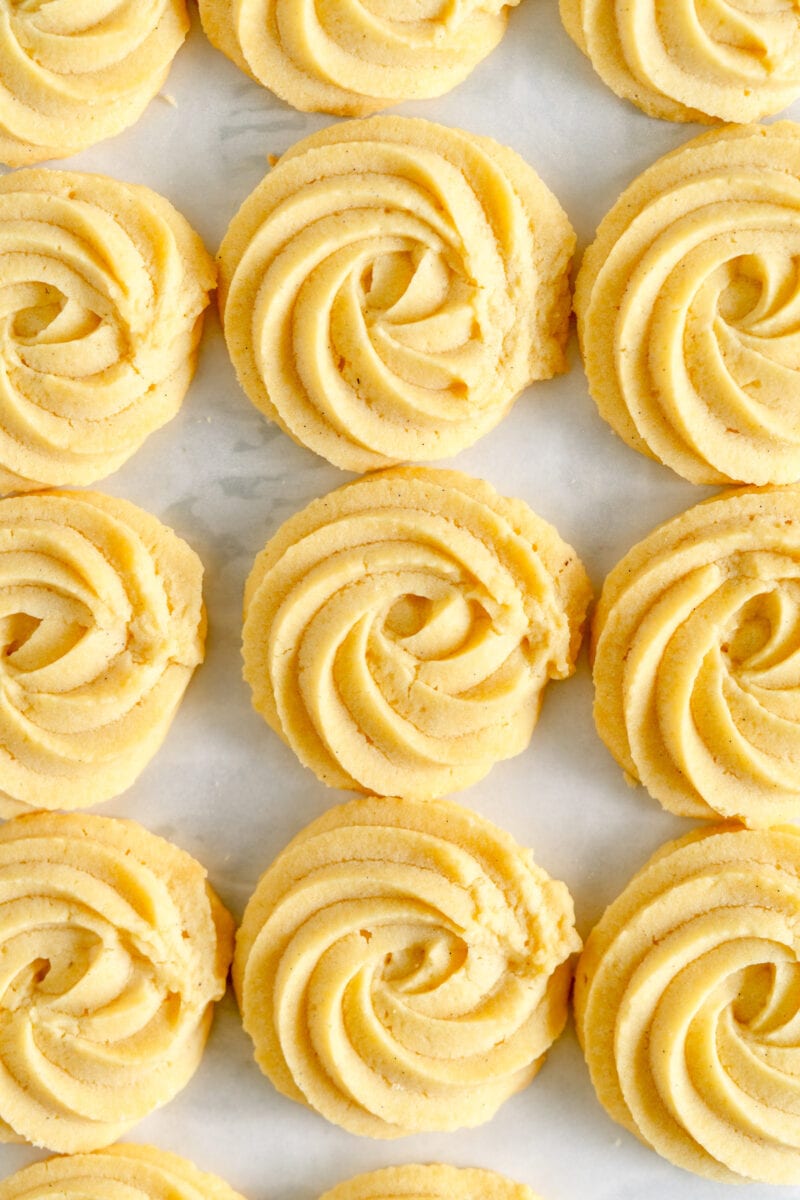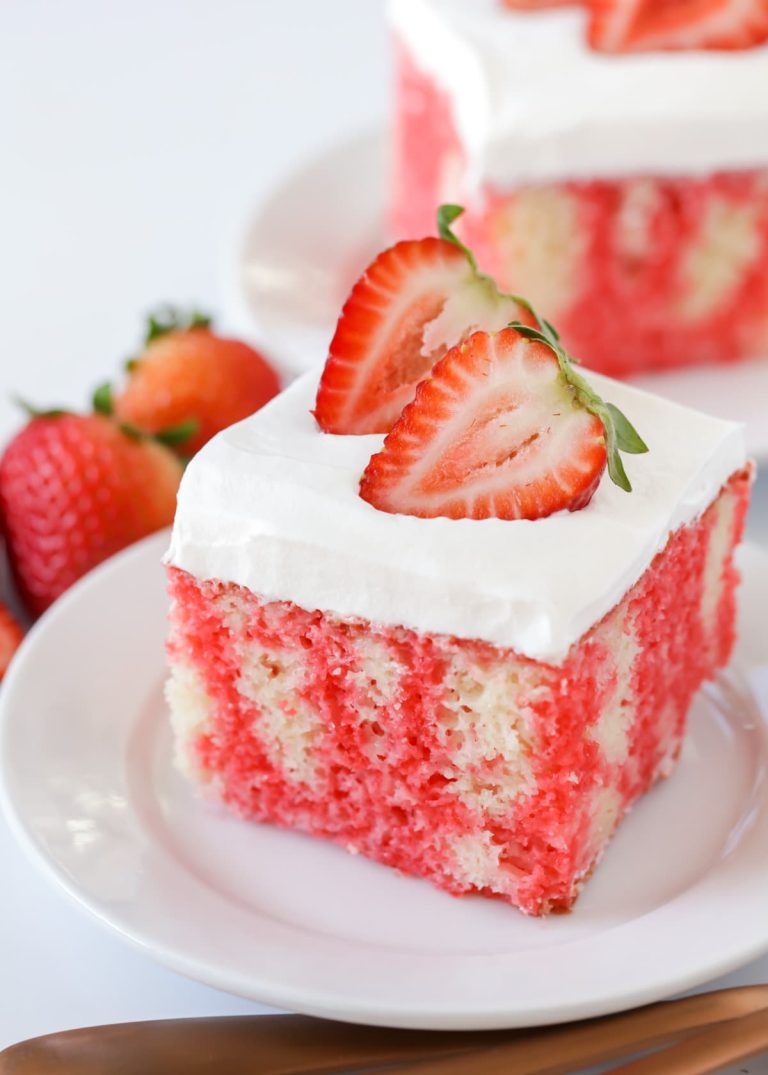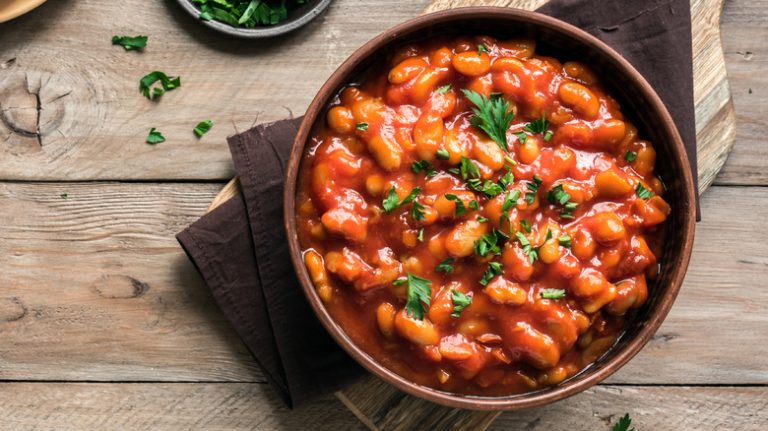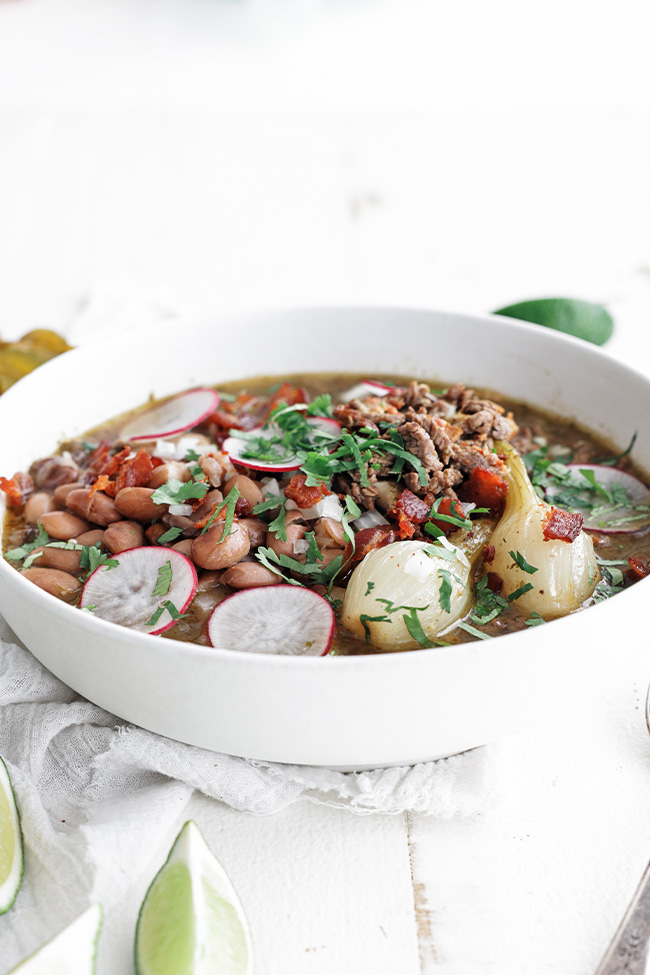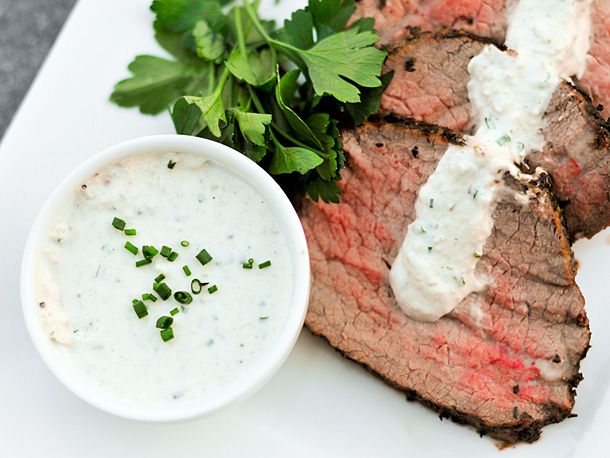Butter Cookies: Global Recipes, Modern Twists, & Essential Baking Tips
Butter cookies date back to medieval Europe, where basic ingredients were used to make simple, yet delicious baked goods. Initially known as “biscuits” in England, these cookies evolved as bakers experimented with butter as a primary ingredient. By the 17th century, Danish bakers had perfected the butter cookie recipe, creating the foundations for the modern treats we enjoy today. Danish butter cookies gained popularity due to their rich flavor and delicate texture. These cookies were often made during festive occasions, symbolizing warmth and celebration.
Popularity Around the World
Butter cookies have garnered global popularity, finding enthusiastic fans across continents. In the United States, they are a beloved treat during the holiday season, often packaged in decorative tins. Danish butter cookies remain iconic, frequently exported and enjoyed worldwide. In Europe, butter cookies are staples in various cultures, each infusing local ingredients and traditions. Notably, countries like Germany and France have their unique takes, incorporating regional flours and spices. You can find butter cookies in various shapes and flavors, showcasing their international appeal.
| Region | Type of Butter Cookie | Unique Feature |
|---|---|---|
| United States | Holiday Butter Cookies | Decorative tins |
| Denmark | Traditional Danish Butter Cookies | Rich flavor, delicate texture |
| Germany | Spritz Cookies | Intricate shapes |
| France | Sable Cookies | Crisp, buttery taste |
Butter cookies continue to be loved by dessert enthusiasts everywhere. Their timeless, melt-in-your-mouth quality and rich buttery flavor make them a staple in many households and cultures.
Ingredients Used in Butter Cookies
Key Ingredient: Butter
Butter acts as the cornerstone of butter cookies, delivering unparalleled flavor and texture. Only high-quality, unsalted butter should be used to manage the salt content precisely. When softened, butter blends seamlessly with other ingredients, contributing to the cookies’ tender and crumbly structure. High butterfat content, approximately 80%, enhances the richness, providing that classic melt-in-your-mouth experience.
Additional Common Ingredients
Flour: All-purpose flour provides structure. The protein content is perfect for achieving the right balance of tenderness and chewiness. Use around 2 cups (240g) per batch of butter cookies.
Sugar: Granulated sugar sweetens and aids in the creaming process with butter. It’s used in approximately 1 cup (200g) quantities. Some recipes may also incorporate powdered sugar for a finer texture.
Eggs: Eggs help bind the ingredients. Typically, 1 large egg is sufficient for most recipes. Eggs add moisture and contribute to the cookies’ soft texture.
Vanilla Extract: Pure vanilla extract enhances the overall flavor with a warm, sweet, aromatic note. Usually, 1 to 2 teaspoons are added.
Salt: A small amount of salt balances the sweetness and intensifies the buttery flavor. Around 1/4 teaspoon is usually enough per batch.
These ingredients combine to create the signature taste and texture of butter cookies, ensuring a delightful treat each time.
Variations of Butter Cookies
Regional Recipes
Butter cookies vary significantly globally, each region sharing unique recipes. In Denmark, traditional “vaniljekranse” cookies feature ground almonds and vanilla, delivering a rich, nutty flavor. You’ll find “kue semprit” from Indonesia, showcasing tapioca starch, which imparts a distinct chewiness and floral essence from pandan leaves. Swedish “drömmar” cookies stand out for their light, airy texture, achieved using baker’s ammonia as a leavening agent.
Innovative Modern Twists
Modern twists on butter cookies offer exciting new flavors and textures. Chocolate-dipped butter cookies combine classic recipes with rich, melted chocolate for a decadent finish. For a savory option, adding rosemary and sea salt introduces a herby, aromatic note. Gluten-free butter cookies use alternative flours like almond or rice flour, catering to dietary needs without sacrificing taste.
Baking Techniques for Perfect Butter Cookies
Temperature and Timing
Baking butter cookies at the right temperature and the correct timing ensures they turn out crisp and golden. Preheat your oven to 350°F (175°C) to create a stable baking environment. Keep the temperature consistent for evenly baked cookies. Check for a light golden color on the edges, usually achieved within 10-12 minutes. Avoid overbaking by removing the cookies slightly underdone; they firm up as they cool. For varying oven models, use an oven thermometer to check for accuracy.
Importance of Dough Consistency
Dough consistency significantly impacts the texture and shape of butter cookies. Ensure the butter is at room temperature before mixing for a creamy, smooth texture. Overmixing can cause excess gluten formation, leading to tough cookies; mix until just combined. If the dough is too sticky, chill it for 30 minutes before rolling or shaping. Use a uniform thickness when rolling the dough to promote even baking. For sliced cookies, shape the dough into logs and refrigerate before cutting to retain shape during baking.
Health and Nutrition Aspects of Butter Cookies
Caloric Content
Butter cookies are generally high in calories due to their key ingredients. A typical butter cookie contains about 50-60 calories. These calories come primarily from the fat in butter and the sugars used. For instance, a standard 10-gram butter cookie might have around 2 grams of fat and 6 grams of carbohydrate, resulting in a calorie-dense treat. If watching caloric intake, consuming butter cookies in moderation is advisable.
Dietary Considerations
Those with dietary restrictions can still enjoy variations of butter cookies with some adjustments. For gluten-sensitive individuals, gluten-free versions using almond or rice flour are available. For those watching sugar intake, using sugar substitutes like erythritol or stevia can reduce caloric content. Ensure any ingredient swaps maintain the balance needed for the perfect texture and flavor. Additionally, vegan butter cookies use plant-based butter and egg replacements like flaxseed or applesauce, meeting vegan dietary requirements while still delivering the rich taste and texture characteristic of traditional butter cookies.
Conclusion
Butter cookies offer a delightful blend of tradition and innovation, making them a versatile treat for any occasion. Whether you’re drawn to classic recipes or modern twists, there’s a version that suits your taste and dietary needs. By mastering essential baking techniques and experimenting with various ingredients, you can create butter cookies that are both delicious and tailored to your preferences. Remember to consider health aspects and make adjustments as needed. Enjoy the process of baking and savoring these timeless treats.
